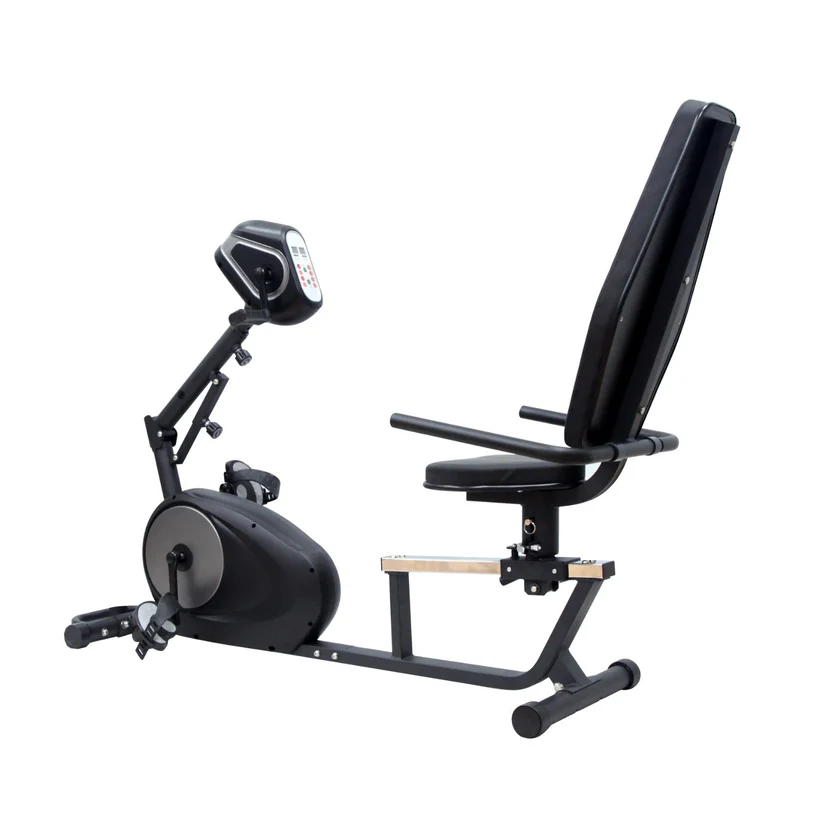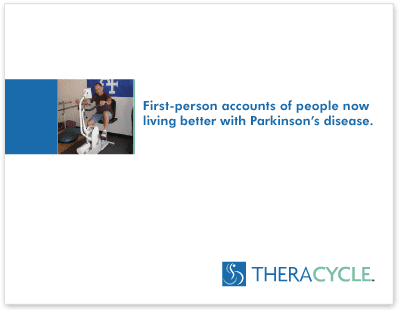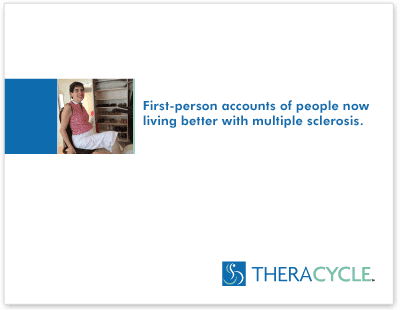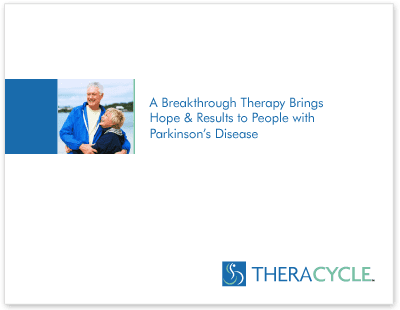- ›
- Conditions
- ›
- Theracycle and Arthritis
- ›
- The Different Types of Arthritis
Types of Arthritis
Osteoarthritis
Osteoarthritis, also referred to OA or by the medical community as degenerative arthritis, degenerative joint disease, or arthrosis, “wear and tear”), is an inflammation (low-grade) within joints that causes pain due to the wear and tear of cartilage that covers / cushions the joint. Of all the different types of arthritis, osteoarthritis is the most common type of arthritis and affects as many as 27 million Americans. As the bone surfaces become less well protected by cartilage, a patient with this type of arthritis will suffer pain as their cartilage wears and tears. This pain may occur upon when walking, standing, or during other weight bearing activities. As with other types of arthritis, the osteoarthritis patient may experience muscle atrophy due to less movement because of the pain as ligaments become lax. Referred to as the breakdown of cartilage, the term “osteoarthritis” originates from the Greek term “osteo,” denoting “of the bone,” “arthro,” meaning “joint,” and “itis,” referring to inflammation even as many sufferers of this type of arthritis have little or no inflammation.
Osteoarthritis is characterized by the deterioration of cartilage—the part of a joint that cushions the ends of the bones and allows easy movement. As the patient’s cartilage breaks down, their bones begin to scrape against one another, which causes further damage leading to stiffness and pain.
This type of arthritis makes it difficult to carry out daily activities including performing your job, playing sports, or even getting around with ease. That’s why it’s important to learn all you can about this disease, how it affects you and how to live with it—a process called self-management.
Over time this type of arthritis makes it difficult to continue using the injured joints, with can also lead to damaged ligaments, menisci and muscles, which may require the patient to undergo joint replacements.
Osteoarthritis is characterized by two different types of arthritis referred to as primary osteoarthritis and secondary osteoarthritis. Primary osteoarthritis symptoms are often associated with aging and the “wear and tear” of life. As one ages, they become more likely to experience some primary osteoarthritis symptoms. One thing to note about this type of arthritis is that not everyone gets primary osteoarthritis—not even the very old. Osteoarthritis is a disease rather than a normal development of the aging process. In contrast, secondary osteoarthritis develops rather early in life with patients experiencing symptoms of this type of arthritis typically 10 or more years after an injury or with obesity.
Typically, this type of arthritis occurs within the knees, hips and hands; however other joints, such as the shoulders may also be affected. Unlike other types of arthritis, osteoarthritis rarely affects other joints unless it is the result of injury or physical stress.
The unique motorized Theracycle allows the user to get the gentle physical exercise they need without the pain and exhaustion associated with traditional exercise equipment. Consider using Theracycle to relieve your arthritis symptoms with the Theracycle 100 for a lower body workout or aim for a full body workout with the Theracycle 200.
Rheumatoid Arthritis
For reasons that medical professional cannot determine, the immune system in rheumatoid arthritis patients is attacked by foreign cells such as viruses and bacteria. Rather than protect our health, the immune system of an RA patient instead attacks the patient’s own tissues, distinctively attacking the synovium, a thin membrane that lines the joints. As a result of this attack, fluid builds up in the patient’s joints, causing significant joint pain and inflammation that is systemic and can occur throughout the body. Most sufferers of rheumatoid arthritis experience intermittent bouts of flare-ups or intense disease activity, while others continue to remain active with their rheumatoid arthritis symptoms worsening overtime. Others enjoy long periods of remission—no rheumatoid arthritis activity or RA symptoms at all. Early diagnosis paired with aggressive arthritis treatment and exercise seems to be the best way to relieve symptoms, as well as help to put the disease into remission with the likelihood of permanent disability reduced in all but 5% to 10% of rheumatoid arthritis sufferers.
Disclaimer: The above information is a compilation of several external sources such as Wikipedia and other arthritis educational sources. Please consult your doctor or an arthritis specialist for more detailed information about the different types of arthritis types.
Additional Information on Arthritis
Types of Arthritis | Arthritis Symptoms
« Benefits of Arthritis Exercise Equipment for Arthritis Relief










